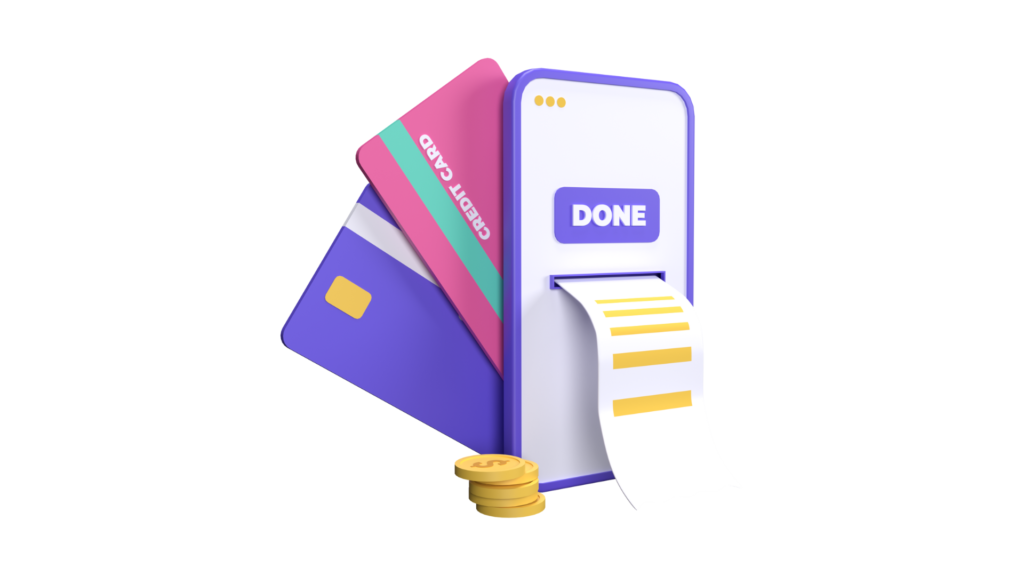The healthcare landscape is undergoing a digital revolution, and mobile and web applications are at the forefront of this transformation. From empowering patients with self-management tools to streamlining communication and data for providers, healthcare apps offer immense potential. However, venturing into this arena requires careful planning and consideration.
This article serves as your guide, dissecting four key aspects you should thoroughly understand before embarking on your healthcare app development journey:
1. Unpacking the App’s Purpose: Who Benefits, How?
Clarity on your app’s purpose is paramount. Identify your target audience: Are you building for patients, healthcare providers, or both? This defines the app’s features and functionalities. For example, an app for chronic disease management caters to patients, focusing on medication reminders and symptom tracking, while a provider-oriented app might prioritize secure communication and patient data management.
Define the problem your app solves. Addressing a specific need, like remote consultations or access to medical records, ensures your app has a purpose and value proposition. Align your app’s offerings with current trends and unmet needs within the healthcare ecosystem.
2. Security and Privacy: Building Trust in a Sensitive Domain
Healthcare data is highly sensitive, demanding robust security measures. Integrate features like multi-factor authentication, data encryption, and regular security audits to ensure user privacy and compliance with regulations like HIPAA and GDPR. Consider leveraging blockchain technology for tamper-proof data storage and sharing.
Remember, trust is crucial in healthcare. Be transparent about data collection and usage practices, and obtain informed consent from users. Building a secure and privacy-centric app fosters trust and encourages user adoption.
3. Seamless User Experience: Design for Patients, Not Tech Experts
Your app’s success hinges on seamless user experience (UX). Prioritize simplicity and intuitiveness. Navigation should be clear, and functionalities readily accessible, even for users with limited technical expertise. Employ user-friendly design principles, including clear menus, consistent layouts, and accessible fonts.
Conduct user testing with individuals from your target audience to gather feedback and refine the UX for optimal ease of use. Remember, a frustrating app experience quickly leads to uninstallations and lost opportunities.
4. Regulatory Compliance: Navigating the Complexities
Healthcare regulations vary globally, and non-compliance can lead to hefty fines and legal repercussions. Thoroughly research and adhere to all relevant regulations specific to your app’s purpose, target audience, and geographical location.
Seek expert guidance from lawyers and compliance professionals specializing in healthcare app development. Stay updated on changing regulations and proactively adapt your app to ensure ongoing compliance.
Bonus Tip: Embrace Emerging Technologies for Enhanced Functionality
While focusing on the core principles above, stay informed about emerging technologies with potential applications in healthcare. Consider integrating features like:
IoT integration: Wearable devices and sensors can collect real-time health data, empowering patients and improving monitoring capabilities.
Artificial Intelligence (AI): AI-powered chatbots can answer patient queries and personalize health recommendations.
AR/VR: Augmented reality and virtual reality can enhance patient education and remote consultations.
Remember, the healthcare app development journey requires careful planning, a deep understanding of user needs, and unwavering commitment to security and compliance. By meticulously navigating these considerations, you can create a healthcare app that empowers users, simplifies processes, and contributes to a healthier future.
Sarvesh Pagare



